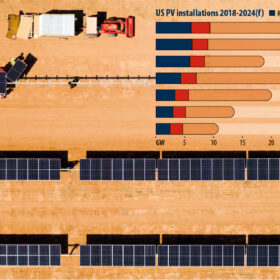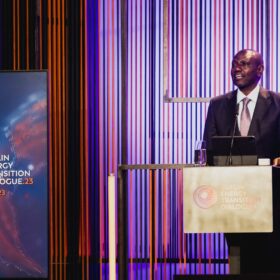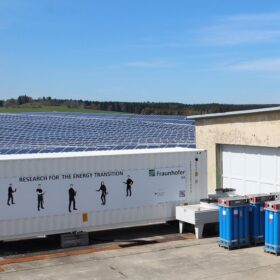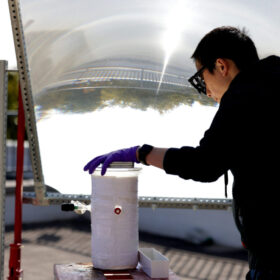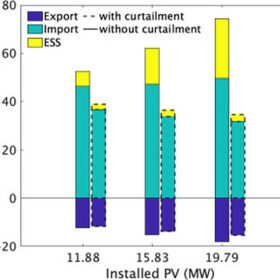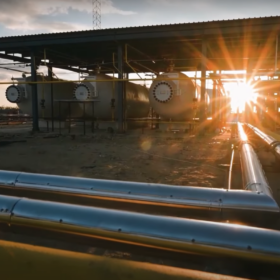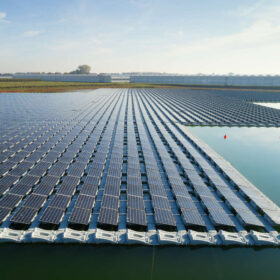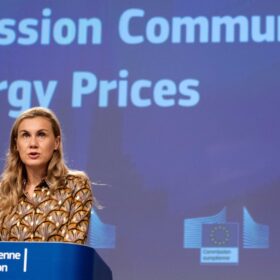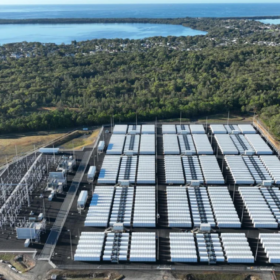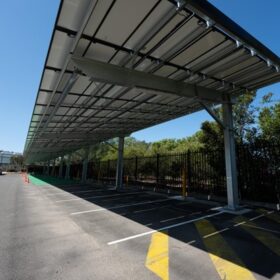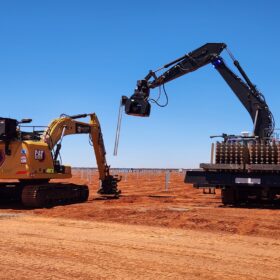Weekend read: A moral trilemma
US solar was disrupted in 2022, with module seizures delaying projects due to strict laws designed to stamp out alleged forced labor practices in sections of the Chinese PV industry. However, it remains to be seen whether seizures affected such alleged practices.
Missing investments jeopardise energy transition, says IRENA
The International Renewable Energy Agency (IRENA) told Berlin Energy Transition Dialogue participants this week that USD 5.4 trillion ($8 trillion) of annual investment is needed to support the global shift to renewables. Kenyan President William Ruto, meanwhile, called for a fair energy partnership between Europe and Africa.
Investigating load scenarios for grid-forming inverters
A consortium led by the Fraunhofer Institute for Solar Energy Systems (ISE) will test grid-forming inverters at a large-scale PV facility in southern Germany. The aim of the first tests is to examine the performance of the devices under real operating conditions, stress factors, and typical stress profiles.
Viability of ‘direct’ green hydrogen fuel production evaluated by US researchers
Rather than using solar or wind to power electrolysis, researchers are testing the competitiveness of photoelectrochemical cells to produce emissions-free hydrogen fuels.
Solar curtailment vs. storage
Swiss researchers have looked at whether storage could be cheaper than curtailment in medium-voltage distribution networks with significant amounts of PV capacity. They considered storage costs, operational costs, grid constraints, electricity costs, PV generation models, and loads.
Weekend read: As simple as IBC
The search for ever higher conversion efficiency has driven solar researchers to focus on back-contact cell approaches, and efforts to devise more cost-effective manufacturing are bringing technologies such as interdigitated back contact (IBC) solar into the mainstream, as Mark Hutchins reports.
New global solar capacity additions hit 191 GW in 2022, says IRENA
Global renewable capacity increased by 295 GW last year, bringing the world to a cumulative installed capacity of 3,372 GW, according to the International Renewable Energy Agency (IRENA).
Strong interest in hydrogen certification, Bureau Veritas reports
Bureau Veritas tells pv magazine that there is a great deal of interest in hydrogen certification schemes in Australia, Europe, the United States, and the Middle East.
Global study highlights potential of floating solar
An international group of researchers has calculated the potential for floating solar across the world. The results show a generation potential of 9,434 TWh per year across 114,555 global reservoirs, with 30% of their area covered. The United States leads with 1,911 TWh per year of potential, with Australia coming in 8th, with 210 TWh per year.
Europe to launch hydrogen auctions
The European Commission says it will set up the new European Hydrogen Bank by the end of this year, with additional plans to hand out 10-year contracts in a new hydrogen auction. Meanwhile, Fortescue Future Industries is setting up a project in Kenya.
